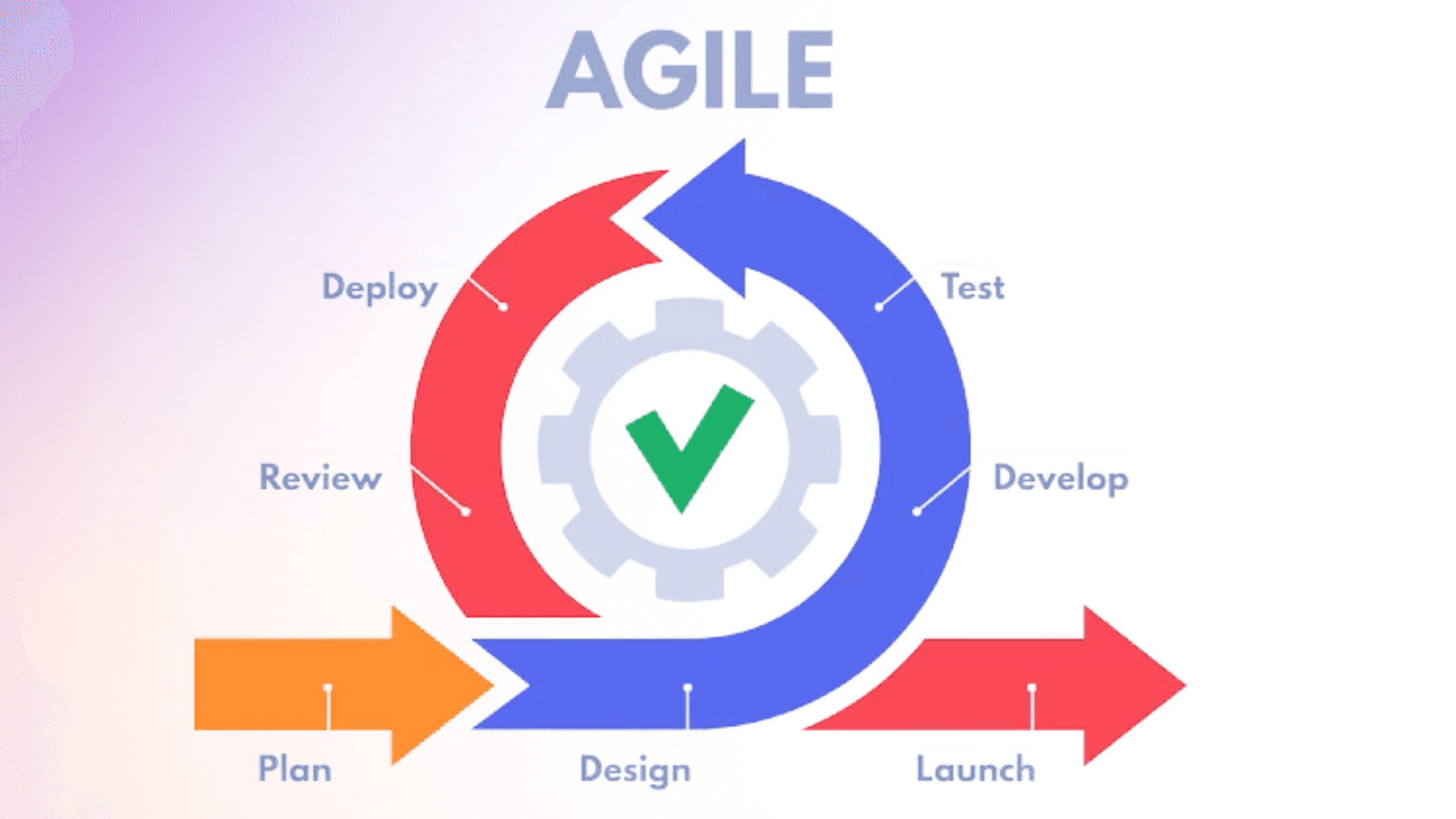With numerous companies surveyed in 19 countries by Organize Agile, Agile methodology is found to be trending for almost three years or even longer in half of those. And 83% of respondents indicated flexibility and adaptability to be one of the top reasons behind going agile.
Agile, known for its iterative and incremental approach, offers a flexible and effective set-up for teams to come together to prioritize initiatives and improve productivity. Organized efforts, continuous feedback, and improvement practices are some key principles of agile courses.
Since we are all now a little bit familiar with its foundation, let’s explore how Agile methodology enables organizations to achieve this.
How Agile Supports Effective Initiative Prioritization?

A project is composed of a series of tasks, and not all tasks hold the same level of importance.
Agile plays a major role in identifying the tasks critical to success and setting the hierarchy of what is most valuable. Every task is evaluated on its impact, objectives, and urgency, and is managed and organized in a way that aligns with delivering value to the customer.
The explanation of how agile facilitates initiative prioritization is:
Product Backlog
The product backlog is a prioritized list of tasks for teams. The factors upon which the tasks’ priority is evaluated include:
- Financial values
- Cost
- Knowledge
- Risk levels
A product backlog is developed in the planning phase but does not stop evolving. A good amount of time goes into developing a comprehensive backlog that entails manageable sprints to avoid unexpected setbacks.
Backlog Grooming
Backlog Grooming is a regular and recurring session of refining and prioritizing the product backlog to keep it up to date. It is also referred to as backlog refinement, pre-planning, or story time. Keeping the backlog well-groomed ensures no outdated user stories persist, and the right stories are prioritised in every sprint. It also involves adding new stories that reflect evolving project requirements.
Value-based Prioritization
The core focus of this practice is to prioritize initiatives based on their business value, user impact, and project alignment. This approach emphasizes keeping value, risks, and dependencies at the forefront, ensuring value-based result delivery in every iteration. Teams benefit from its strategic alignment to deliver high-value outcomes.
Urgency and Dependencies
The practice involves considering the urgency and dependencies of tasks. It is done before prioritizing and communicating them to team members. This results in strategic task sequencing, which eliminates the potential bottlenecks and risks associated with delays. It also highlights the critical path to ensuring timely project completion.
Relative Estimation
The approach requires estimating the effort and time required for each item in the backlog relative to others. Agile teams use this method to make informed decisions on their workload completion. The entire process is based on comparing the resources and efforts invested in doing a previous set of similar tasks.
Agile promotes effective and transparent decision-making among team members, product owners, stakeholders, and customers. Creating regular feedback loops and checking on stakeholders' requirements fosters shared responsibility and leaves no room for ambiguity all the time your project is underway.
Continuous Feedback
Gathering insights with every progressing iteration is a strategic method to make continuous progress and measure success. Establishing key performance indicators (KPIs) before initiating a project is crucial to defining milestones. For refining and reprioritizing initiatives, you can use the following methods.
Daily standups
Also referred to as daily scrums or stand-ups, are regular short meetings to get in sync. These brief meetings are built upon the previous standup in which progress, plans, or any potential bottlenecks were discussed.
Sprint reviews
Sprint reviews are stakeholder meetings conducted after a sprint is completed. It is held to demonstrate the work accomplished during the sprint and get feedback from stakeholders. Its basic purpose is to assess if the output aligns with user expectations or not.
Sprint retrospectives
Held after sprint completion, these meetings are held to reflect on what did and didn’t go well in a sprint. The intention is to not repeat the mistakes and plan for the next sprint to make it even better. This collaborative session involves analyzing the team’s performance and processes for subsequent sprint improvement.
The basic idea behind prioritization is the need to eliminate the risk of rework and unnecessary functions that don’t serve the purpose. Instead, you can streamline the cycles of development for faster product delivery.
Utilizing these practices, companies with an agile framework can not only ensure continuous and consistent software quality but claim increased customer satisfaction and loyalty for longer.
How Agile Enhances Productivity in Software Development?
Agile isn’t merely a development tool; it also emerges as a productivity booster.
According to Forbes, 60% of organizations that implemented agile practices have witnessed improved productivity.
Why?
Agile removes the chaos and counter-productivity that come from working on multiple things together. Instead, it presents a defined framework to stay focused and have granular control over the project. The achievement standards are not the parameters of all the project components, but short-term deadlines.
Although the iterative nature of agile supports productivity enhancement in many ways, the key ones include backlog prioritization, sprint retrospectives, and a collaborative environment.
Where backlog prioritization is crucial for maintaining a dynamic list of tasks that deliver significant value, regular sprint retrospectives help teams reflect on their past performance for continuous improvement. Moreover, the feedback-driven nature of this iterative cycle fosters a culture of collaborative development, adaptable backlog, and continuous feedback.
In the hustling and bustling corporate world, agile software development promotes reliance, adaptability, and autonomy. It helps create functional and talented teams that are cross-functional and self-organized in nature.
Cross-functional teams are bottleneck-filled with various talents and skills. It is like having multiple colorful balls in a single jar. Instead of segmenting specialists under various designations, an individual can both code and design graphics at the same time. These teams are self-sufficient and do not require external help or outsourcing. Their talent richness mode promotes rapid and transparent decision-making, facilitating efficient project execution.
On the other hand, self-organized teams are more decentralized. There is no hierarchy, and no one holds a commanding position. Everyone is accountable and responsible for the entire project's execution. With more autonomy, team members in self-organized teams have a higher sense of ownership and empowerment.
Wrapping Up: The Agile Advantage in Project Prioritization and Productivity
Agile software development covers a smaller scope of a project than delivering everything together like in a waterfall. Its main focus is directing every team member’s efforts towards a common direction, rather than being dispersed on different project aspects simultaneously.
Agile promotes productivity and supports prioritization because of its iterative working style. With an emphasis on prioritizing continuous delivery, customer feedback, and collaboration among teams, high-quality outcomes, and better customer satisfaction are achieved.
A prime example of this methodology's success is seen in how SoluteLabs has adopted Agile practices. The effective use of Agile methodology has led to consistently good results, demonstrating the practical benefits of this approach in a real-world setting.







